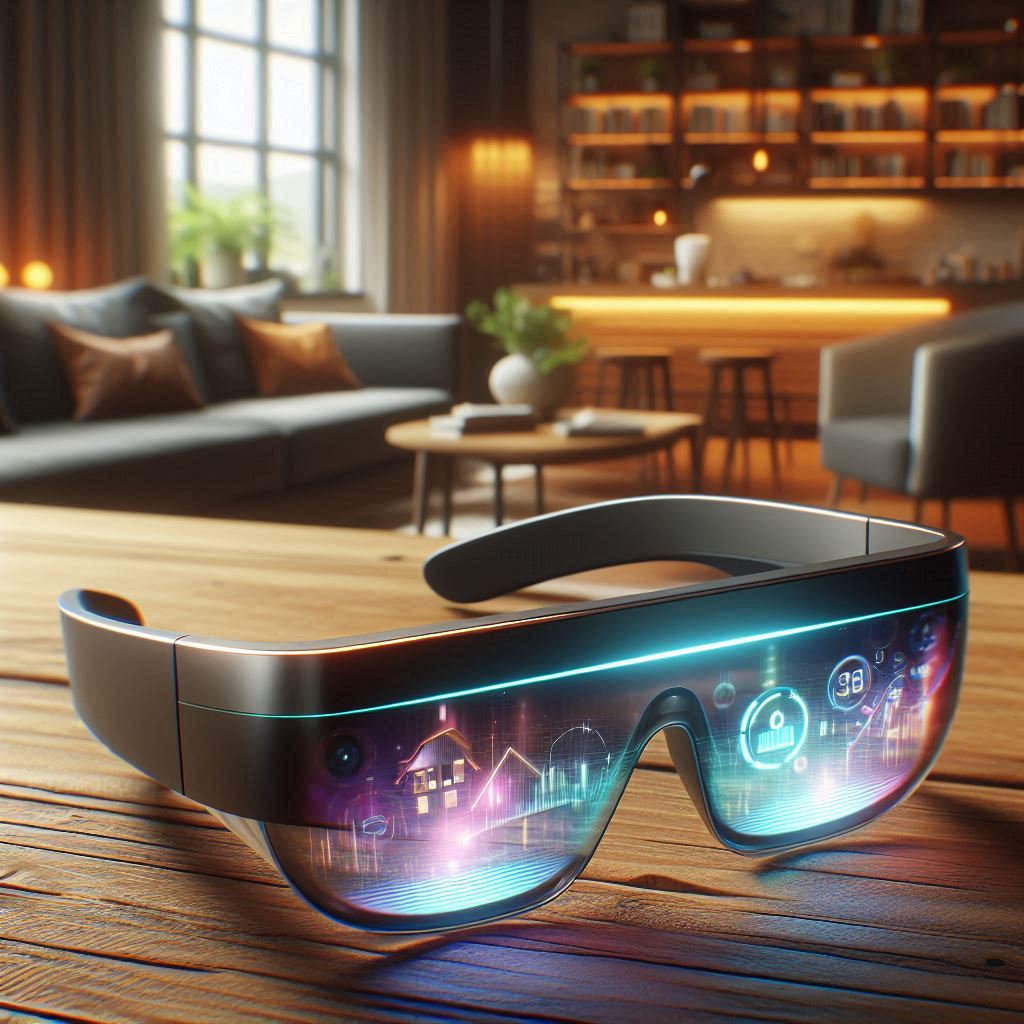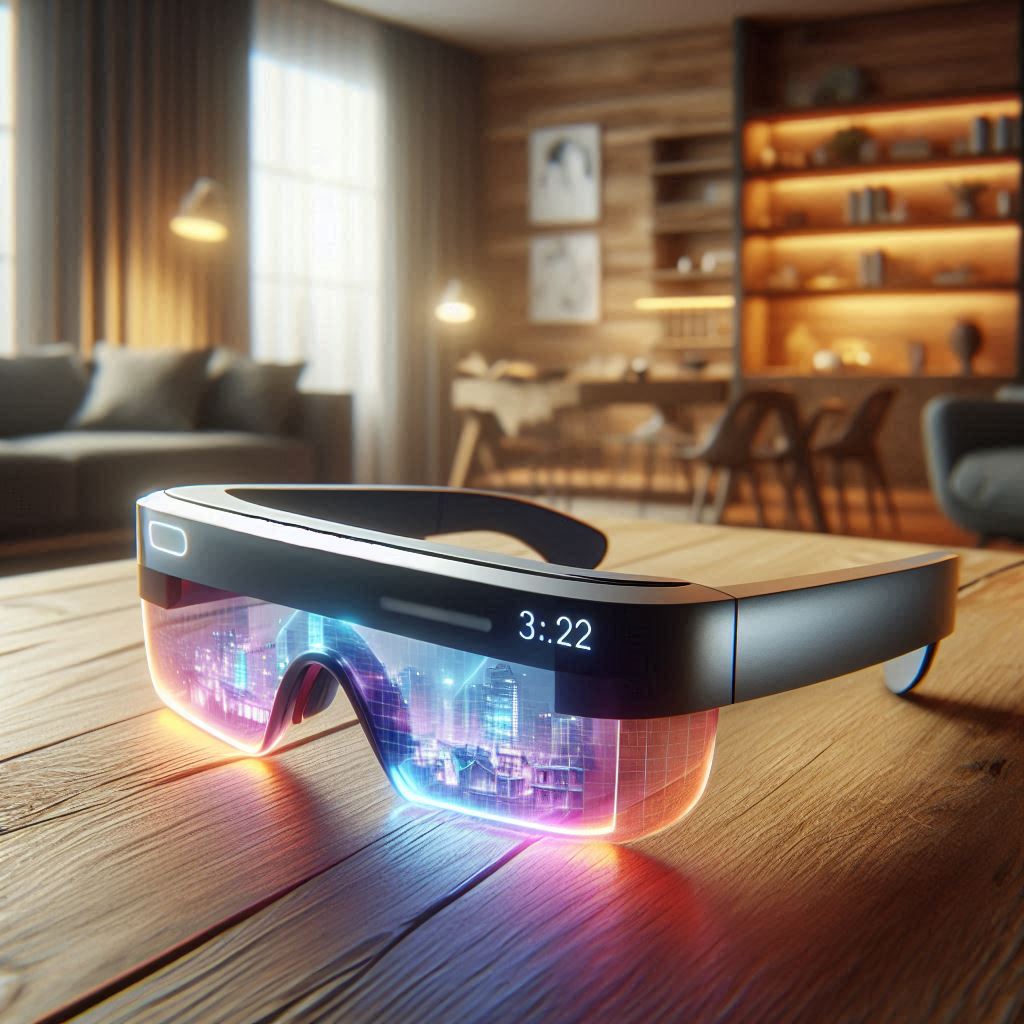The smart glass industry has undergone a remarkable transformation in recent years, driven by the integration of artificial intelligence (AI). As a technology that allows glass to change its properties, such as opacity or color, in response to external stimuli, smart glass is revolutionizing architecture, automotive, aerospace, and consumer electronics. The question of how AI impacts and transforms the smart glass industry is central to understanding the future of this innovative sector. By leveraging AI’s capabilities, the smart glass industry is achieving unprecedented levels of efficiency, customization, and sustainability, positioning it as a cornerstone of modern design and functionality.
The global smart glass market is projected to reach USD 10.42 billion by 2030 from USD 6.42 billion in 2025, growing at a CAGR of 10.2%.

The Evolution of Smart Glass Technology
Smart glass, also known as switchable glass, is a dynamic material that can alter its light transmission properties based on external factors like heat, light, or electricity. Initially developed for niche applications, smart glass has evolved into a versatile solution used in windows, skylights, automotive sunroofs, and wearable devices. The integration of AI has accelerated this evolution, enabling smarter, more responsive systems that cater to diverse industries.
How AI impacts and transforms the smart glass industry begins with its ability to enhance the functionality of smart glass. Traditional smart glass relied on manual controls or basic sensors to adjust its properties. AI, however, introduces real-time adaptability, allowing smart glass to respond intelligently to environmental changes, user preferences, and energy demands. This shift has opened new possibilities for architects, engineers, and manufacturers seeking innovative solutions.
For instance, AI-powered smart glass can analyze weather patterns, occupancy data, and energy consumption to optimize its tint or opacity. This not only improves energy efficiency but also enhances user comfort. By addressing the question of how AI impacts and transforms the smart glass industry, we see that AI-driven innovation is making smart glass a key player in sustainable design and smart infrastructure.
AI in Smart Glass Manufacturing
One of the most significant ways how AI impacts and transforms the smart glass industry is through advancements in manufacturing. The production of smart glass involves complex processes, including the application of thin films, electrochromic coatings, and liquid crystal layers. AI streamlines these processes by optimizing material usage, reducing waste, and improving quality control.
AI-driven algorithms analyze production data to identify inefficiencies and predict potential defects before they occur. For example, machine learning models can monitor the deposition of electrochromic layers, ensuring uniformity and durability. This level of precision is critical for scaling production while maintaining high standards. By automating quality assurance, AI reduces human error and lowers costs, making smart glass more accessible to a broader market.
Moreover, AI enables predictive maintenance in manufacturing facilities. Sensors embedded in production equipment collect real-time data, which AI systems analyze to predict when machines are likely to fail. This proactive approach minimizes downtime and ensures consistent output, further demonstrating how AI impacts and transforms the smart glass industry. Secondary keywords like “AI in smart glass manufacturing” and “smart glass production” highlight the technological synergy driving these advancements.
Enhancing Energy Efficiency with AI
Energy efficiency is a cornerstone of the smart glass industry, and AI plays a pivotal role in maximizing this benefit. Smart glass is widely used in buildings to reduce energy consumption by controlling heat gain and glare. AI enhances this capability by enabling dynamic, context-aware adjustments that optimize energy performance.
For example, AI-powered smart glass systems can integrate with building management systems (BMS) to analyze real-time data on temperature, sunlight intensity, and occupancy. Based on this data, the glass automatically adjusts its tint to minimize heat transfer while maintaining natural light. This reduces reliance on air conditioning and artificial lighting, leading to significant energy savings.
How AI impacts and transforms the smart glass industry is evident in its ability to create adaptive environments. In commercial buildings, AI-driven smart glass can reduce energy costs by up to 20%, according to industry studies. Residential applications are also benefiting, with homeowners using AI-enabled smart glass to create energy-efficient, comfortable living spaces. The incorporation of related keywords like “energy-efficient smart glass” and “AI-driven energy savings” underscores the environmental and economic advantages of this technology.
Personalization and User Experience
Another critical area where how AI impacts and transforms the smart glass industry shines is in personalization. AI enables smart glass to adapt to individual preferences, creating tailored experiences for users. In automotive applications, for instance, AI-powered smart glass can adjust the tint of windows based on driver preferences, weather conditions, or time of day.
In consumer electronics, AI-driven smart glass is used in devices like augmented reality (AR) glasses and smart mirrors. These devices leverage AI to process user inputs, such as voice commands or gestures, and adjust the display accordingly. For example, a smart mirror in a retail store can use AI to recommend outfits based on a customer’s body type and preferences, enhancing the shopping experience.
The ability to personalize smart glass applications is a game-changer for industries seeking to differentiate their offerings. By analyzing user behavior and preferences, AI ensures that smart glass delivers value beyond its functional properties. This focus on user-centric design is a key reason why how AI impacts and transforms the smart glass industry is a topic of growing interest.
AI and Smart Glass in Architecture
The architectural sector is one of the largest adopters of smart glass, and AI is driving its widespread use in smart buildings. How AI impacts and transforms the smart glass industry in architecture is evident in the creation of intelligent facades that respond to environmental conditions. These facades use AI to optimize daylighting, reduce energy consumption, and enhance occupant comfort.
For example, AI-powered smart glass in skyscrapers can adjust its opacity to prevent overheating during peak sunlight hours while allowing natural light to reduce reliance on artificial lighting. This dynamic control is made possible by AI algorithms that process data from sensors, weather forecasts, and building occupancy patterns. The result is a building that is not only energy-efficient but also aesthetically pleasing.
AI also enables predictive design in architecture. By simulating how smart glass will perform under different conditions, AI helps architects select the most suitable materials and configurations for their projects. This data-driven approach reduces costs and ensures that buildings meet sustainability goals. Keywords like “AI in architectural design” and “smart glass in smart buildings” reflect the transformative potential of this technology.
Automotive Innovations with AI-Driven Smart Glass
The automotive industry is another key beneficiary of how AI impacts and transforms the smart glass industry. Smart glass is increasingly used in vehicle windows, sunroofs, and displays to enhance driver safety and comfort. AI takes these applications to the next level by enabling real-time adaptability and integration with other vehicle systems.
For instance, AI-powered smart glass can adjust window tint based on external light conditions, reducing glare and improving visibility. In electric vehicles (EVs), this technology helps conserve battery life by minimizing the need for air conditioning. AI also enables smart glass to integrate with advanced driver-assistance systems (ADAS), displaying critical information like navigation or speed directly on the windshield.
The use of AI in automotive smart glass is particularly relevant as the industry shifts toward autonomous vehicles. AI-driven smart glass can create immersive environments for passengers, such as dimming windows for privacy or displaying entertainment content. By addressing how AI impacts and transforms the smart glass industry, we see that automotive applications are pushing the boundaries of innovation. Secondary keywords like “AI in automotive smart glass” and “smart glass for vehicles” highlight this trend.
Sustainability and Environmental Impact
Sustainability is a driving force behind the adoption of smart glass, and AI amplifies its environmental benefits. How AI impacts and transforms the smart glass industry is closely tied to its ability to support green initiatives. By optimizing energy efficiency and reducing waste, AI-driven smart glass contributes to a lower carbon footprint.
In manufacturing, AI minimizes material waste by optimizing cutting and coating processes. In buildings, AI-powered smart glass reduces energy consumption, helping organizations meet sustainability targets. For example, a commercial building equipped with AI-driven smart glass can achieve LEED certification, a globally recognized standard for green buildings.
AI also supports circular economy principles by enabling the recycling of smart glass materials. Machine learning models can analyze the composition of used glass to determine the best recycling methods, reducing landfill waste. This focus on sustainability underscores why how AI impacts and transforms the smart glass industry is a critical topic for environmentally conscious industries.
Challenges and Limitations of AI in Smart Glass
While the benefits of how AI impacts and transforms the smart glass industry are significant, there are challenges to consider. One major hurdle is the high cost of AI-driven smart glass systems. The integration of sensors, AI algorithms, and advanced materials increases production costs, making it less accessible for some markets.
Data privacy is another concern, particularly in applications involving user preferences or occupancy data. AI systems that collect and analyze this data must comply with regulations like GDPR to protect user privacy. Additionally, the complexity of AI-driven smart glass requires specialized expertise for installation and maintenance, which can be a barrier for widespread adoption.
Despite these challenges, ongoing advancements in AI and smart glass technology are addressing these issues. For example, cost reductions are being achieved through economies of scale and improved manufacturing techniques. By acknowledging these limitations, we gain a balanced perspective on how AI impacts and transforms the smart glass industry.
The Future of AI in the Smart Glass Industry
The future of how AI impacts and transforms the smart glass industry is filled with possibilities. As AI continues to evolve, we can expect even greater integration with smart glass applications. Emerging trends include the use of AI in self-healing glass, where machine learning models detect and repair micro-cracks to extend the material’s lifespan.
Another exciting development is the integration of AI with Internet of Things (IoT) ecosystems. In smart homes, AI-driven smart glass can communicate with other devices, such as thermostats and lighting systems, to create fully automated environments. This level of connectivity will redefine how we interact with our surroundings, making how AI impacts and transforms the smart glass industry a topic of ongoing innovation.
In the automotive sector, AI-powered smart glass could play a role in fully autonomous vehicles, creating adaptive interiors that respond to passenger needs. In architecture, AI-driven smart glass could enable buildings to achieve net-zero energy status, aligning with global sustainability goals. These advancements highlight the transformative potential of AI in the smart glass industry.
Real-World Applications and Case Studies
To illustrate how AI impacts and transforms the smart glass industry, let’s explore some real-world examples. In the architectural sector, the Edge, a sustainable office building in Amsterdam, uses AI-powered smart glass to optimize energy efficiency. The building’s facade adjusts its tint based on real-time data, reducing energy costs by 15% annually.
In the automotive industry, companies like Tesla are incorporating AI-driven smart glass in their vehicles. The Tesla Model Y features a panoramic glass roof that uses AI to adjust tint based on sunlight intensity, enhancing driver comfort and energy efficiency. These case studies demonstrate the practical impact of AI in smart glass applications.
Consumer electronics also showcase how AI impacts and transforms the smart glass industry. Companies like Google are developing AR glasses that use AI to deliver personalized content to users. These devices rely on smart glass displays that adapt to environmental conditions, ensuring optimal visibility. Such examples underscore the versatility of AI-driven smart glass.
The question of how AI impacts and transforms the smart glass industry reveals a landscape of innovation and opportunity. From revolutionizing manufacturing to enhancing energy efficiency, personalization, and sustainability, AI is reshaping the smart glass industry in profound ways. Its applications in architecture, automotive, and consumer electronics demonstrate its versatility, while future advancements promise even greater potential.


